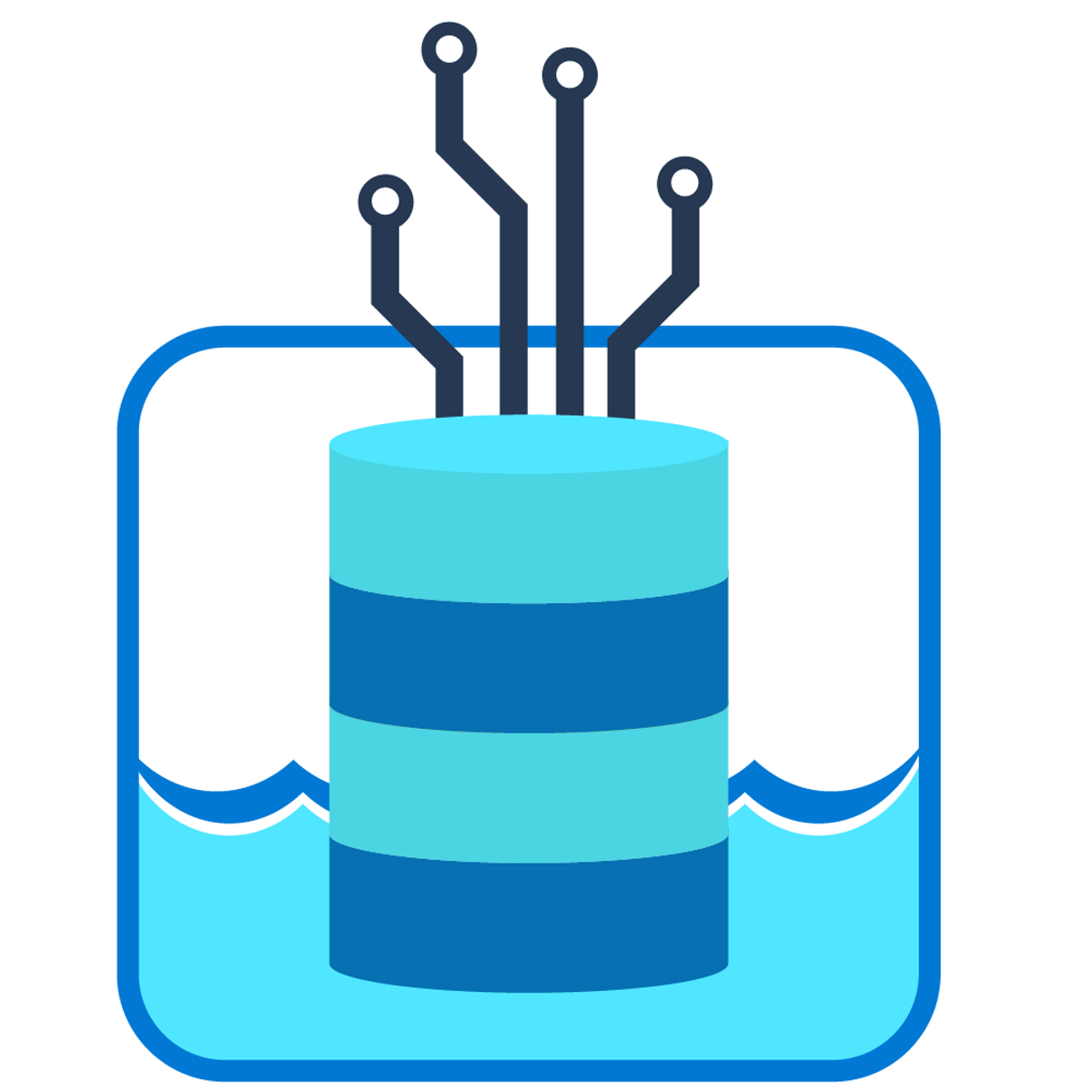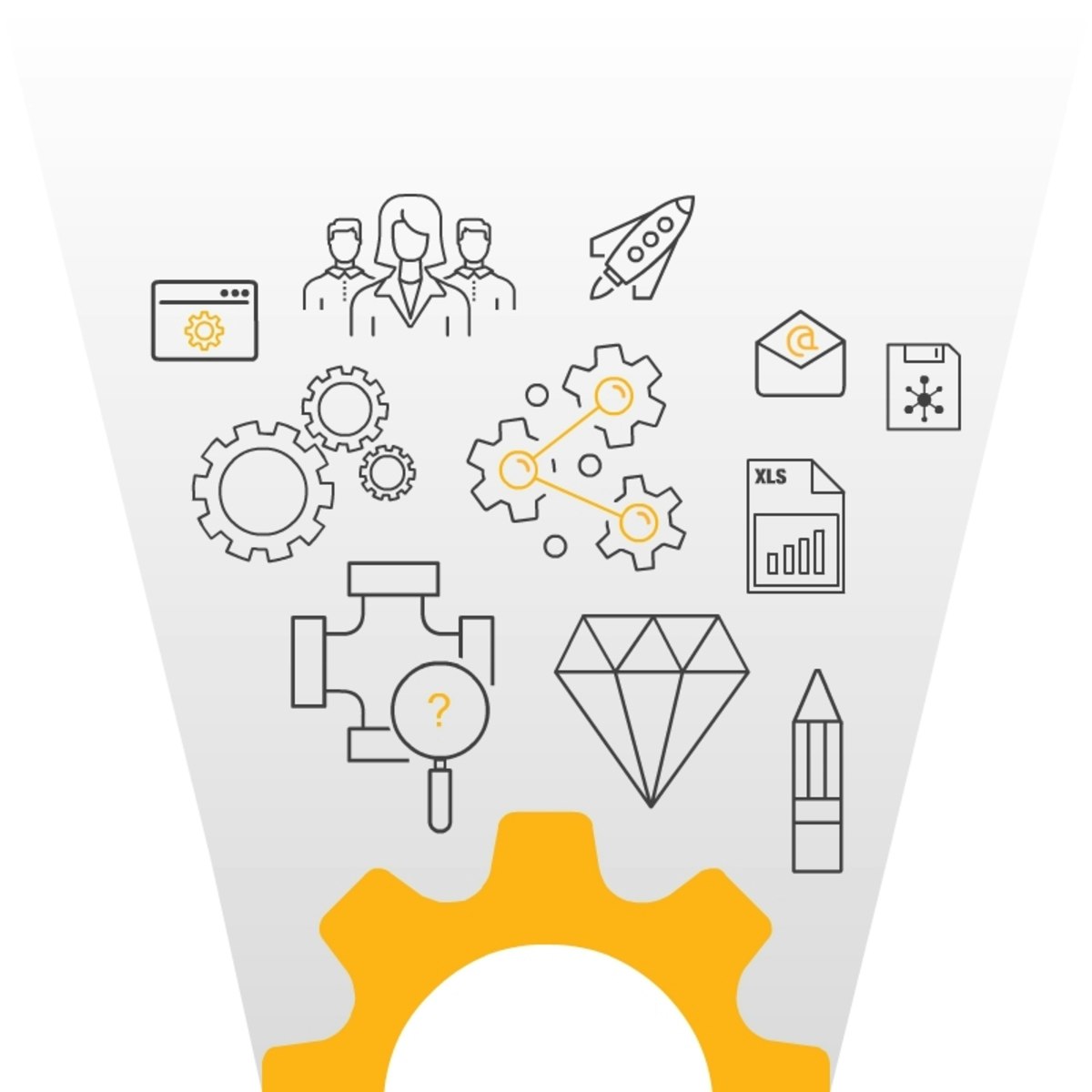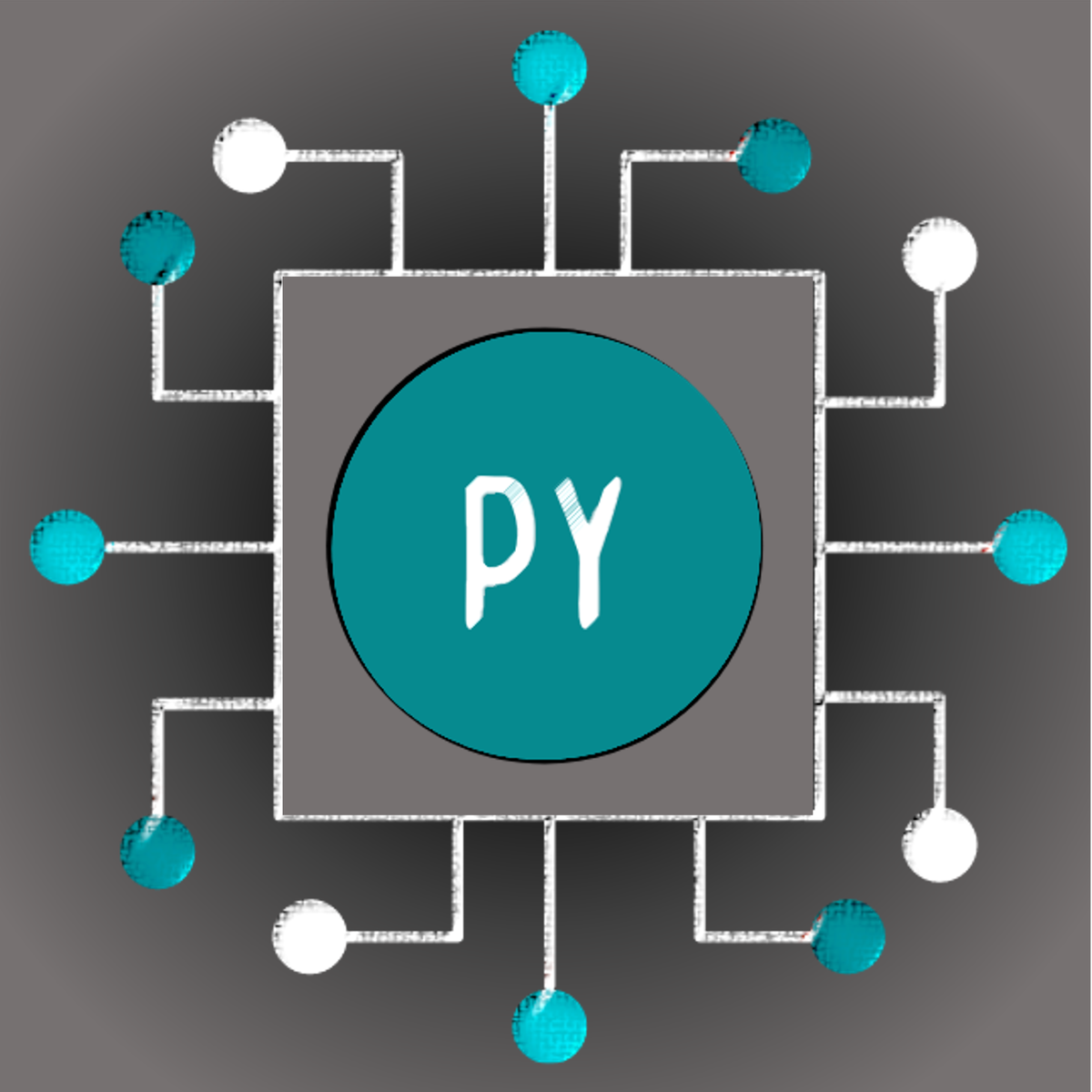Back to Courses









Data Science Courses - Page 133
Showing results 1321-1330 of 1407

Custom & Conditional Formatting in Microsoft Excel
At the end of this project, you will be able to customize your formatting in Microsoft Excel. You will also be able to use basic conditional formatting to ensure a seamless use of Microsoft Excel and to highlight important sections of your sheet. Being able to use custom and conditional formatting in Microsoft Excel will allow you to make sense of the data quickly. This allows you to visualize your data and make it easier for you and for others to understand the data. This becomes more important the more data is contained in the sheet.
The goal of this project is to allow you to visualize your data for yourself and others using Microsoft Excel.

Data Catalog: Qwik Start
This is a self-paced lab that takes place in the Google Cloud console. In this lab you will explore existing datasets with Data Catalog and mine the table and column metadata for insights.

Azure Data Lake Storage Gen2 and Data Streaming Solution
In this course, you will see how Azure Data Lake Storage can make processing Big Data analytical solutions more efficient and how easy it is to set up. You will also explore how it fits into common architectures, as well as the different methods of uploading the data to the data store. You will examine the myriad of security features that will ensure your data is secure. Learn the concepts of event processing and streaming data and how this applies to Azure Stream Analytics. You will then set up a stream analytics job to stream data, and learn how to manage and monitor a running job.
This course is part of a Specialization intended for Data engineers and developers who want to demonstrate their expertise in designing and implementing data solutions that use Microsoft Azure data services for anyone interested in preparing for the Exam DP-203: Data Engineering on Microsoft Azure (beta). You will take a practice exam that covers key skills measured by the certification exam.
This is the ninth course in a program of 10 courses to help prepare you to take the exam so that you can have expertise in designing and implementing data solutions that use Microsoft Azure data services. The Data Engineering on Microsoft Azure exam is an opportunity to prove knowledge expertise in integrating, transforming, and consolidating data from various structured and unstructured data systems into structures that are suitable for building analytics solutions that use Microsoft Azure data services. Each course teaches you the concepts and skills that are measured by the exam.
By the end of this Specialization, you will be ready to take and sign-up for the Exam DP-203: Data Engineering on Microsoft Azure (beta).

The Unix Workbench
Unix forms a foundation that is often very helpful for accomplishing other goals you might have for you and your computer, whether that goal is running a business, writing a book, curing disease, or creating the next great app. The means to these goals are sometimes carried out by writing software. Software can’t be mined out of the ground, nor can software seeds be planted in spring to harvest by autumn. Software isn’t produced in factories on an assembly line. Software is a hand-made, often bespoke good. If a software developer is an artisan, then Unix is their workbench. Unix provides an essential and simple set of tools in a distraction-free environment. Even if you’re not a software developer learning Unix can open you up to new methods of thinking and novel ways to scale your ideas.
This course is intended for folks who are new to programming and new to Unix-like operating systems like macOS and Linux distributions like Ubuntu. Most of the technologies discussed in this course will be accessed via a command line interface. Command line interfaces can seem alien at first, so this course attempts to draw parallels between using the command line and actions that you would normally take while using your mouse and keyboard. You’ll also learn how to write little pieces of software in a programming language called Bash, which allows you to connect together the tools we’ll discuss. My hope is that by the end of this course you be able to use different Unix tools as if they’re interconnecting Lego bricks.

RPA Lifecycle: Introduction, Discovery and Design
Regardless of the industry, business process automation is here to stay. Business processes are increasingly being automated through software automation. But how is software automation simplified and made accessible? The answer is Robotic Process Automation or RPA.
RPA lifecycle: Intrdocution, Discovery and Design is the first course of the Specialization on Implementing RPA with Cognitive Solutions and Analytics.
In this course, you will be introduced to RPA and see how it is combined with cognitive solutions and analytics to enable organizations to adopt the model of a “Digital Workforce” and help them transform the nature of their work.
You will also learn about the first two phases of the RPA implementation lifecycle: Discovery and Design. In the Discovery phase, you take a set of business processes and identify those that are suitable and beneficial for automation. In the Design phase, you create a plan for your RPA project. The learning will be reinforced through concept description and guided practice.

Analyse datasets with Java streams
In this 1-hour long project-based course, you will learn how to create a Java Stream object based on a CSV data file, and engineer its data using Stream and Collector methods. You will explore the dataset using stream methods, and then apply a reduction operations on the data using a range of Collector methods. You will learn how to join and split strings in the data. You will apply the groupingBy method for grouping your data stream based on fields in your data object.
Note: This course works best for learners who are based in the North America region. We’re currently working on providing the same experience in other regions.

Ensemble Methods in Machine Learning
In this 2-hour long project-based course, you will learn how to implement various ensemble techniques and use it in machine learning. Ensemble models in machine learning combine the decisions from multiple models to improve the overall performance, The main causes of error in learning models are due to noise, bias and variance, Ensemble methods help to minimize these factors.

Python and Pandas for Data Engineering
In this first course of the Python, Bash and SQL Essentials for Data Engineering Specialization, you will learn how to set up a version-controlled Python working environment which can utilize third party libraries. You will learn to use Python and the powerful Pandas library for data analysis and manipulation. Additionally, you will also be introduced to Vim and Visual Studio Code, two popular tools for writing software. This course is valuable for beginning and intermediate students in order to begin transforming and manipulating data as a data engineer.

Machine Learning Foundations for Product Managers
In this first course of the AI Product Management Specialization offered by Duke University's Pratt School of Engineering, you will build a foundational understanding of what machine learning is, how it works and when and why it is applied. To successfully manage an AI team or product and work collaboratively with data scientists, software engineers, and customers you need to understand the basics of machine learning technology. This course provides a non-coding introduction to machine learning, with focus on the process of developing models, ML model evaluation and interpretation, and the intuition behind common ML and deep learning algorithms. The course will conclude with a hands-on project in which you will have a chance to train and optimize a machine learning model on a simple real-world problem.
At the conclusion of this course, you should be able to:
1) Explain how machine learning works and the types of machine learning
2) Describe the challenges of modeling and strategies to overcome them
3) Identify the primary algorithms used for common ML tasks and their use cases
4) Explain deep learning and its strengths and challenges relative to other forms of machine learning
5) Implement best practices in evaluating and interpreting ML models

Machine Learning for Data Analysis
Are you interested in predicting future outcomes using your data? This course helps you do just that! Machine learning is the process of developing, testing, and applying predictive algorithms to achieve this goal. Make sure to familiarize yourself with course 3 of this specialization before diving into these machine learning concepts. Building on Course 3, which introduces students to integral supervised machine learning concepts, this course will provide an overview of many additional concepts, techniques, and algorithms in machine learning, from basic classification to decision trees and clustering. By completing this course, you will learn how to apply, test, and interpret machine learning algorithms as alternative methods for addressing your research questions.
